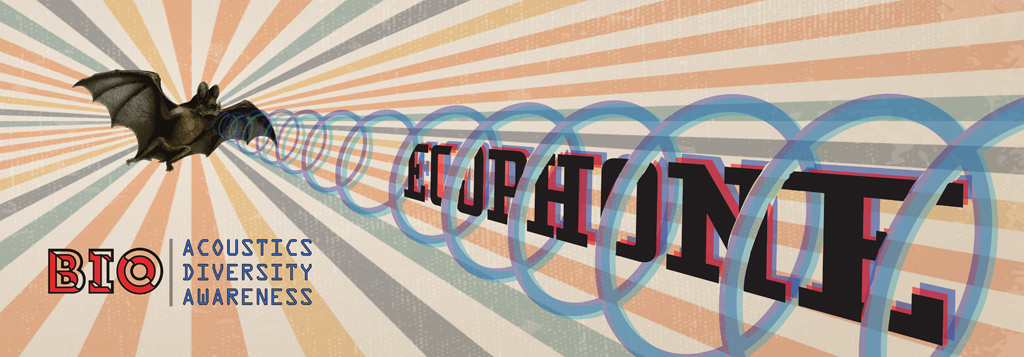Difference between revisions of "(art)scienceblr:Ecophone"
NMukherjee (Talk | contribs) |
NMukherjee (Talk | contribs) |
||
| (2 intermediate revisions by one user not shown) | |||
| Line 1: | Line 1: | ||
| + | [[File:Ecophone2.jpg]] | ||
| + | |||
A study in bio-acoustics, bio-diversity and bio-awareness. | A study in bio-acoustics, bio-diversity and bio-awareness. | ||
| Line 16: | Line 18: | ||
Rohini balakrishnan, IISC | Rohini balakrishnan, IISC | ||
| + | |||
Raman Sukumar, IISC | Raman Sukumar, IISC | ||
| − | Mahesh Sankaran, NCBS | + | |
| − | Gururaja K.V, Srishti Institute of Design and Technology | + | Mahesh Sankaran, NCBS |
| − | Claire F.R Wordley, University of Cambridge | + | |
| + | Gururaja K.V, Srishti Institute of Art, Design and Technology | ||
| + | |||
| + | Claire F.R Wordley, University of Cambridge | ||
| + | |||
Latest revision as of 11:19, 20 September 2017
A study in bio-acoustics, bio-diversity and bio-awareness.
The preservation of natural soundscapes is now a recognized conservation goal.
To this effect, research into Bioacoustics and soundscape analysis is fast emerging as a useful tool to study the health of a an ecosystem. By functioning as a rough measure of biodiversity and ecosystem health, acoustic sampling can help conservationists gather evidence to see if conservation efforts are working.
Since we create spaces of dialogue and interaction between artists, designers and scientists, and much of our work involves sound, this project is being developed as one that creates a space to explore the natural and not so natural sounds in our daily lives. We will focus on the sound profiles that directly translate to the health of an ecosystem and how they might affect us as well.
It will include one or more installations, workshops and bat/frog walks, to record, analyse, and listen to soundscapes. We will develop in house, low-cost tools to record and use the acoustical data we need and also how it can be used for citizen science initiatives.
The project will be based on the work and research of scientists as the IISC and NCBS.
Some of the researchers we want to work with are -
Rohini balakrishnan, IISC
Raman Sukumar, IISC
Mahesh Sankaran, NCBS
Gururaja K.V, Srishti Institute of Art, Design and Technology
Claire F.R Wordley, University of Cambridge
Some useful articles and papers that provides an insight into bioacoustics are-
(Abstract: We evaluated trained listener—based acoustic sampling as a reliable and non-invasive method for rapid assessment of ensiferan species diversity in tropical evergreen forests. This was done by evaluating the reliability of identification of species and numbers of calling individuals using psychoacoustic experiments in the laboratory and by comparing psychoacoustic sampling in the field with ambient noise recordings made at the same time.)
(Abstract: Rainforest canopies provide a unique ecosystem that harbor a staggering diversity of animals. Yet, they are perhaps the least explored biological frontiers primarily due to their inaccessibility. In this chapter we present glimpses of our research, carried out in the rainforests of Kudremukh National Park in southern India that have bearing on canopy science. We present acoustic monitoring as a non-invasive and reliable method of biodiversity monitoring of acoustically active animals.
https://www.theguardian.com/environment/2013/oct/01/tiger-growl-recordings-deter-crop-raiding-indian-elephants - An interesting article on the use of wild recordings for crop protection.
https://researchmatters.in/article/new-species-skittering-frog-discovered-west-coast-india' - How citizen science and bioacoustics are key to finding new species.
